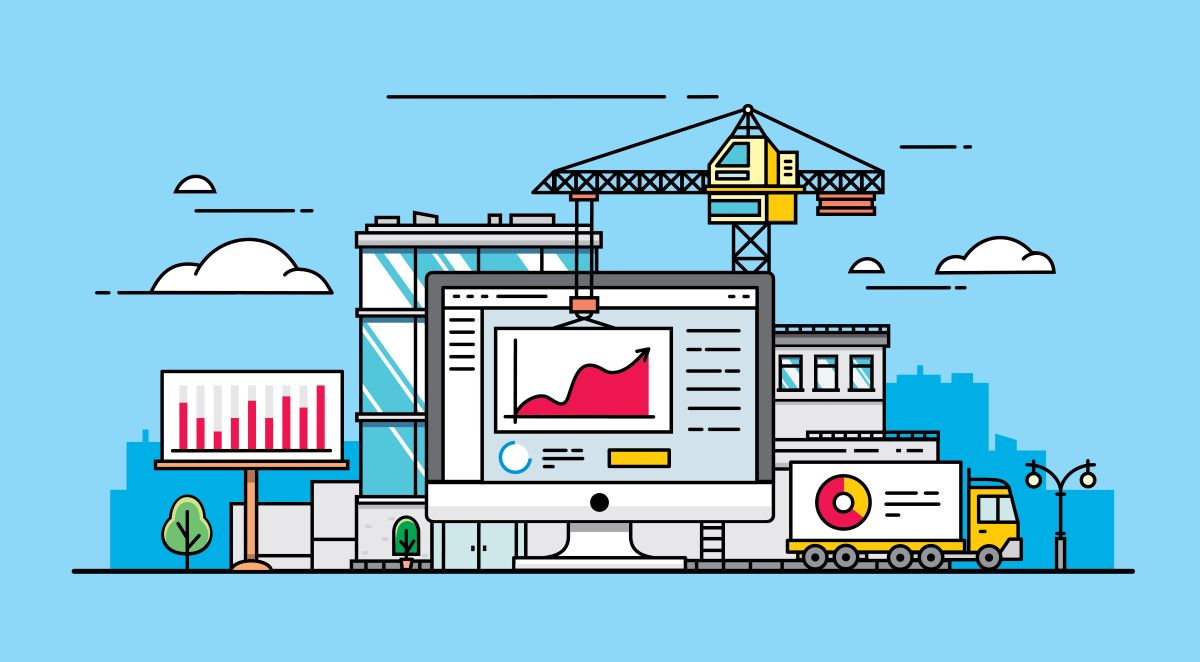The construction industry accounts for 13% of worldwide GDP. But it lacks a “pep in its step” commensurate with its importance in the global landscape. Over the past three decades, productivity growth in the sector has languished at a third of cross-sectoral averages, profit margins have remained low, and digitization has moved slowly amid a risk-averse, conservative mindset. Cost overruns are common, leading to investment hesitancy and feeding into inflation across the broader economy.
Sustainability is of particular concern, with construction and use of the built environment accounting for nearly 40% of global greenhouse gas emissions, according to one study. And the UN has been singling out the sector for not doing enough to help the world meet fast-approaching net-zero targets. Against this backdrop, the investment of Emerald and its client Nabtesco Technology Ventures (NTV) into Hiboo, which provides equipment data solutions for the construction sector, represents a step toward a greener, nimbler future.
In this interview, Emerald Investment Director Mehran Zaker explains why the transformation of construction is a story worth following.

How can the construction industry “up its game” in the shift toward efficiency and better performance?
Construction is responsible for stunning achievements, providing the foundational infrastructure for our modern, urbanized lives. Yet in the past few decades it has also been hampered by dismal performance. Partly this is due to extreme fragmentation, with multiple players at every link in the supply chain jockeying for advantage. This creates high levels of friction along the way. The problem is so acute that McKinsey predicts that in the near future, 40–45% of the industry’s current value will shift to other players as instability and the tumult of the boom-bust cycle take their toll.
The answer to much of this is data transparency. Finding places where the industry can economize will be key. Digitization is going from a nice-to-have to an imperative. This is especially true with heavy equipment, where many of the same systems that have turned cars into computers on wheels are proliferating.
How is the pressure to become more sustainable helping drive this shift?
Carbon prices, incentives to lower emissions and pollution regulations are rising. One place this is playing out is at the city level. More and more local governments—including huge markets like London—are putting pressure on machine operators to reduce emissions within city limits. New York is tackling this by limiting how long vehicles can “idle”, or remain unmoving with the engine running. Construction companies need to become familiar with these regulations, as failure to comply could result in significant penalties.
What other macro-trends are driving this evolution?
Closely linked to the sustainability story is electrification. Batteries are finding their way into more and more heavy industrial equipment. We recently helped NTV invest into a startup working in this space. The latest batteries often come pre-baked with features like remote connectivity, monitoring and performance optimization. It is only a matter of time before the construction sector finds itself replacing internal combustion engines with volts and plugs.
Underpinning all this is the data economy, which allows intelligence to surface at nearly every imaginable touch point, from a single asset to a fleet to an entire geographical region. As automation and machine learning spread across the economy, the potential for productivity improvement, in construction and beyond, is significant.
